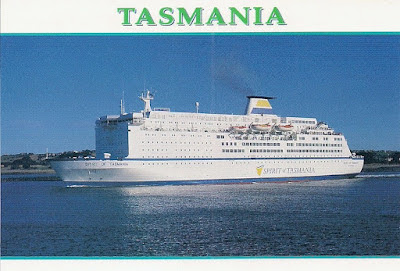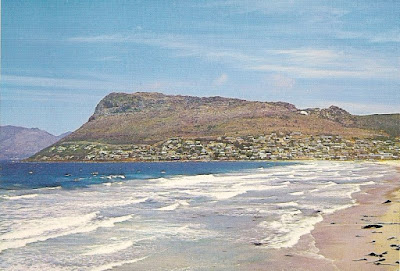29 November 2015
SPIRIT OF TASMANIA
22 November 2015
POST OREGON
FISH HOEK
One of the many popular seaside resorts along the peninsula with a fine safe bathing beach. Especially frequented by old and young windsurfers and catamaran sailors. On the other side of the beach is a popular Hobie Cat launching spot where regular regattas offer a colourful spectacle for visitors. A stipulation laid down in 1818 by Lord Charles Somerset (who also declared free fishing rights for all) in the original grant of the land that no public house be kept on the farm has been strictly adhered to. The sale of liquor is prohibited in Fish Hoek. The only teetotal town in the country.
Peer's Cave. A rock shelter named after the man who discovered the so-called Fishhoek Man, estimated to be about 15 000 years old.
15 November 2015
CANADIAN ROCKIES WILDLIFE
Grizzlies, second largest of eight recognized species of bears worldwide (only polar bears are larger), have disappeared from most of North America but are widespread throughout the Canadian Rockies. The bears’ color ranges from light brown to almost black, with dark tan being the most common.
06 November 2015
COCOS KEELING ISLANDS
- The Herald Petrel (Pterodroma arminjoniana) is a medium-sized bird belonging to the Procellariidae family. It is a sea bird and spends much of its life on or above the ocean, only really visiting nesting grounds during breeding season.
- Home Island - located across the lagoon and just a short ferry ride away, this unique part of the Cocos Keeling Islands is a must-see for visitors. Home of the Cocos Malay people, the island offers a complete contrast to West Island.
Received from Cocos Keeling Islands Visitor Centre









